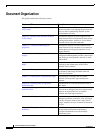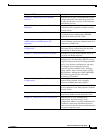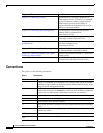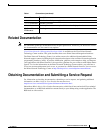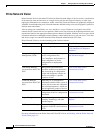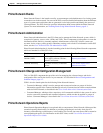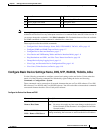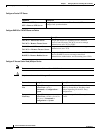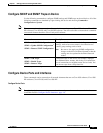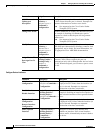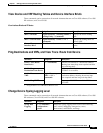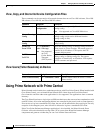
1-4
Cisco Prime Network 4.0 User Guide
OL-29343-01
Chapter 1 Setting Up Devices and Using the GUI Clients
Setting Up Devices and Validating Device Information
Setting Up Devices and Validating Device Information
Prime Network provides a variety of management and configuration commands that you can launch from
the Vision GUI client by right-clicking an NE and selecting Commands. These commands are executed
on the actual physical device versus being performed on the network model that is stored in memory (and
subsequently on the real device). This is useful to validate information displayed in a Prime Network
GUI client against a device, using the device command line interface (CLI). Before executing any
commands, you can preview them and view the results. If desired, you can also schedule the commands,
if you have user permissions to do so.
Prime Network also provides a variety of technology-specific commands—such as configuring the clock
source for signals on SONET ports, enabling global ELM-I, enabling OAM on an interface. Whether you
can use these commands depends on whether the technology is enabled on the device.
Note The basic operation commands in this chapter can be executed by all network elements that run on
Cisco IOS software, Cisco IOS XR software, and Cisco NX OS software. You will not be able to execute
these commands on network elements that have Cisco Catalyst OS software.
Note To view the basic operation commands in the Cisco Carrier Packet Transport (CPT) System, you must
right-click the Cisco Carrier Packet Transport (CPT) System in the Prime Network Vision List or Map
View and click Logical Inventory > CPT Context Container.
Execution of command builder scripts will fail under Managed Element and Physical Root.
Figure 1-1 illustrates how to launch these commands.
Figure 1-1 Launching NE Management and Configuration Commands



